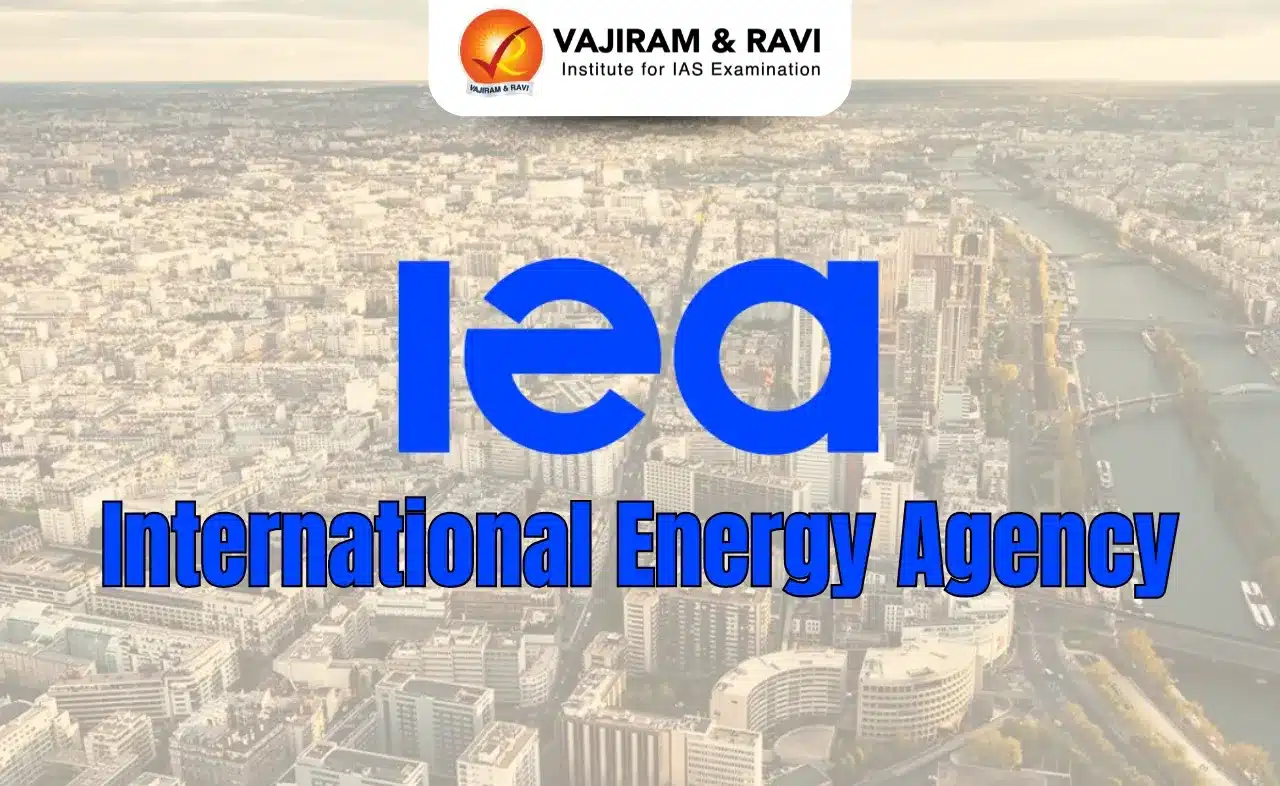Nitrogen Latest News
India, the world’s second-largest emitter of N₂O after China, faces climate risks as N₂O has 300 times the global warming potential of CO₂.
About Nitrogen
- Nitrogen is the most abundant atmospheric gas, constituting ~78% of Earth’s atmosphere.
- Nitrogen is vital for forming DNA, ATP (cellular energy currency), proteins, chlorophyll, and acts as a neurotransmitter via nitric oxide (NO).
Nitrogen Cycle: Natural Balancing Act
- Atmospheric nitrogen (N₂) is inert and unusable by plants or animals.
- Plants rely on diazotrophs (N-fixing bacteria) through symbiotic association (e.g., in legumes).
- Nitrifying bacteria convert ammonia into nitrites (NO₂⁻) and then nitrates (NO₃⁻) – the form plants can absorb.
- Nitrification: Ammonia → Nitrites → Nitrates (plant-usable form).
- Denitrification returns excess nitrates back to the atmosphere, maintaining the natural nitrogen cycle.
Haber-Bosch Process
- Developed in the early 20th century, allowed industrial fixation of nitrogen to produce ammonia.
- Uses fossil fuels, high heat and pressure, and an iron catalyst.
- Enabled synthetic fertiliser revolution → contributed to Green Revolution and exponential population growth.
Environmental Risks of Excess Nitrogen (Latent Time-Bomb)
- Reactive nitrogen (ammonia, nitrate, nitrous oxide) is now overproduced through chemical fertilisers.
- 80% of applied nitrogen is lost to the environment via leaching and emissions, causing:
- Eutrophication of water bodies → Algal blooms, Dead Zones (e.g., Gulf of Mexico).
- Soil acidification and air pollution from NOx emissions.
- Formation of ground-level ozone and acid rain.
- N₂O (Nitrous oxide) is now the third most potent greenhouse gas after CO₂ and CH₄.
Source: TH
Last updated on June, 2025
→ UPSC Notification 2025 was released on 22nd January 2025.
→ UPSC Prelims Result 2025 is out now for the CSE held on 25 May 2025.
→ UPSC Prelims Question Paper 2025 and Unofficial Prelims Answer Key 2025 are available now.
→ UPSC Calendar 2026 is released on 15th May, 2025.
→ The UPSC Vacancy 2025 were released 1129, out of which 979 were for UPSC CSE and remaining 150 are for UPSC IFoS.
→ UPSC Mains 2025 will be conducted on 22nd August 2025.
→ UPSC Prelims 2026 will be conducted on 24th May, 2026 & UPSC Mains 2026 will be conducted on 21st August 2026.
→ The UPSC Selection Process is of 3 stages-Prelims, Mains and Interview.
→ UPSC Result 2024 is released with latest UPSC Marksheet 2024. Check Now!
→ UPSC Toppers List 2024 is released now. Shakti Dubey is UPSC AIR 1 2024 Topper.
→ Also check Best IAS Coaching in Delhi
Nitrogen FAQs
Q1. What is the most abundant gas in Earth's atmosphere?+
Q2. What is the Nitrogen Cycle?+
Q3. Name an example of nitrogen-fixing bacteria.+
























